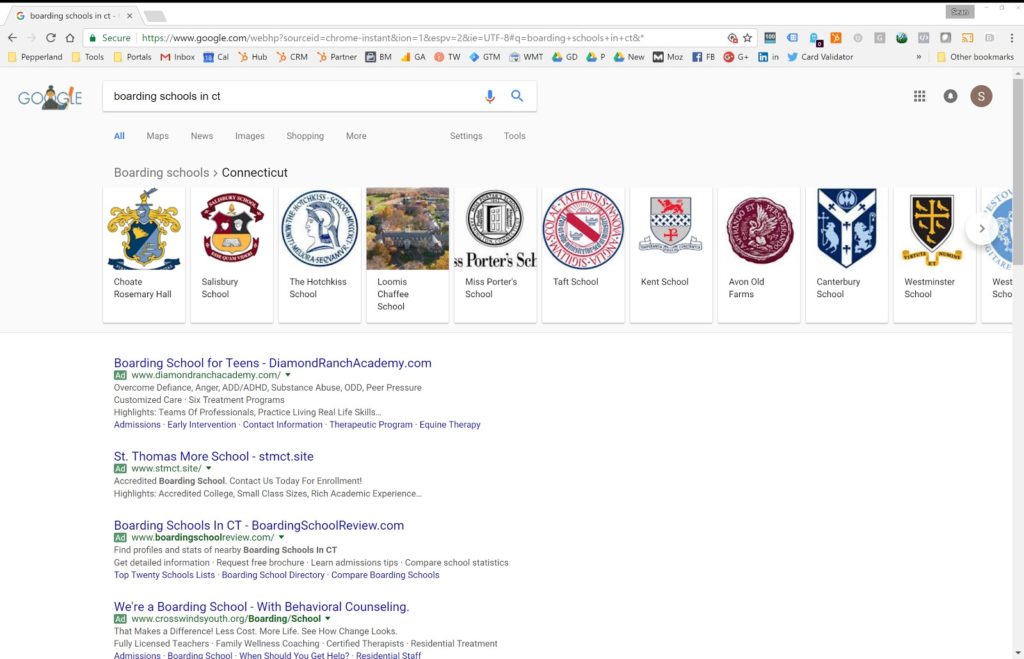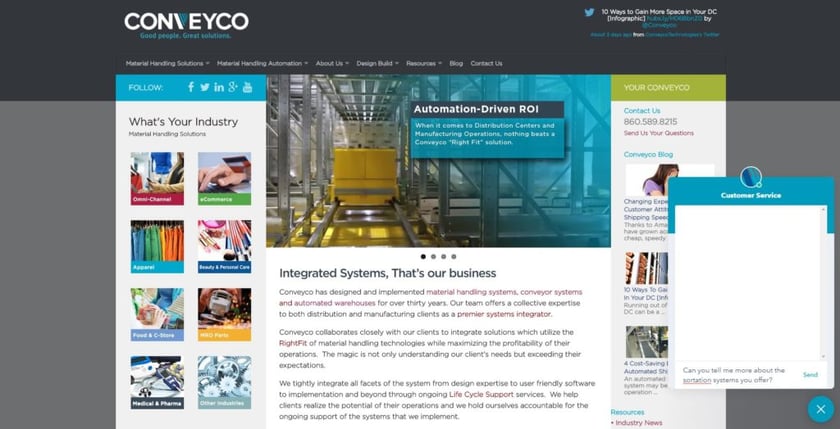Written By:
Tim Stobierski
It’s no secret that sales has changed a lot over the past decade or so. Technology has really played a big role in that change, allowing customers (or buyers) to have much more control over the whole sales process than they ever had in the past.
Golden Days?
Just a few short decades ago, the salesperson held a lot more power over the buying process. The salesperson was a gatekeeper of sorts for information: If you wanted to learn about a product or service, you needed to contact a salesperson who could then fill you in on what you needed to know. (This also allowed the salesperson to control what information they wanted you to have and what information they didn’t want you to have.)
This control gave salespeople a considerable amount of power, and spurred a generation of so-called “interruptive” sales strategies. Television and radio ads proliferated, salespeople would cold call prospects (and actually make money doing it!), and with the advent of the internet spam email was invented.
Alas, these days were destined to end. Thanks to technological advances, the power that once sat with the salesperson slowly shifted to the buyer, making the act of selling much more difficult.
Not-So-Peaceful Transfer of Power
Technology has often been called an equalizer, and the change that technology has brought to the seller/buyer dynamic is a great illustrator of that concept. Here are just a few of the ways that technology has helped to shift power from the seller to the buyer over the last few decades:
- The advent of caller ID allowed buyers to ignore numbers that they didn’t recognize, which would lead to the slow, eventual death of cold calling as an effective business model.
- The creation of DVR allowed buyers to fast forward through commercials, condensing them into expensive-to-create three-second blurs between scenes of Law & Order. Not the most effective way of increasing sales.
- Adblocking technology on computers has made it more and more difficult for online magazines, newspapers, and websites to make money from advertising—because the ads are essentially erased. This is bad news for the website relying on the ad revenue, but also bad news for the advertiser.
- Services like Google make it much easier to find information about a topic, product, or service, which means that buyers just don’t need to deal with a sales rep until they are much further along in their buying process.
- Websites like Yelp democratize the flow of information about services and product by making reviews available to anyone who wants to read them. This in turn reduces the influence that the sales rep has over a buyer. Salespeople used to be able to offer customer testimonials to prospective buyers who were having a hard time deciding whether or not to buy (and, of course, they could control the types of reviews shared). That was no longer needed—and no longer so controlled.

The Struggle Continues Today
Some savvy salespeople have adapted to these changes in a number of ways, which has enabled them to keep their relevance (and continue making money!). Embracing social selling, aligning themselves more directly with the goals and methods of marketing, and relying on technological advances have all helped sales teams keep pace in this changing environment.
Unfortunately, things haven’t stopped changing (and, newsflash, they never will). Even today there are a number of trends making life much more difficult for sales reps. These are the big ones that sales and marketing professionals both need to keep in mind to stay relevant to today’s buyers.
Search ads are taking up a lot more space. Google and other search engines make a lot of money thanks to the fact that they offer advertising space on their search results. (These are the ads that appear at the top of a page of results).
Just a few short years ago, this was usually limited to one or two ads per page of search results. Now, however, as many as 4 or 5 of the top spots can go to advertisements. This means that even if you are doing a great job of creating worthwhile content to drive readers to your site—even if you rank #1 for a certain phrase or search term—you may appear below a competitor who is paying to advertise. As you can see below, these ads can take up a lot of space on the screen, especially when viewed on a mobile device (you can’t even see the organic search results in this example without scrolling).

And that makes it more difficult for everyone. Either you need to redouble your efforts when it comes to content creation and refinement, decide to advertise (and pay more than your competitors), or be resigned to lose a portion of potential sales to prospects who click on the advertisement before they scroll down to your material.
Websites are becoming more and more critical to success. Over the course of the last decade or so, the importance of businesses large and small having an adequate web preference has skyrocketed. Ten years ago, a small restaurant or mom and pop shop could maintain a modicum of success without having a website, but that is increasingly difficult today.
Why? Simply put, the first place that buyers go to find information about a business is the internet. If you don’t have a website, then you are risking 2 things. Either they don’t find any information about you, which is bad, or the only information they do find about you has been put online by other people (think Yelp reviewers) which has the potential to be worse. If you have no control over the information about your company that is available to prospective buyers, you’re in trouble.
Beyond this, website functions are becoming increasingly more complex, especially thanks to the advent of Amazon and Netflix. An example of this is the fact that websites can be customized to individual viewers based upon past activity (such as the way that Amazon recommends certain products to you based on past purchases, or how Netflix recommends new shows for you to watch based on your history.
As expectations for this kind of service spread, you can be sure that it is going to boil down into many more websites over time, especially e-commerce sites. And while that might be terrifying for the technologically-impaired, it can also be a great boon—making your website one of your most important sales reps of all.
Communication preferences are continuing to change in ways that benefit the buyer, not the seller. If you think back to the primary way that you communicated with friends and family 10 years ago, what would you say? Did you call them on the phone? Send them an email? And how about today? Chances are, today you probably send text messages or use an app like Snapchat or Facebook Messenger to chat with people. Your preferences have changed.
And that’s just something that is always, constantly happening, even in business. Phone calls used to be king when it came to getting in touch with a buyer, but today cold calling is one of the worst outreach methods (working just 1 percent of the time).
Unfortunately, email isn’t much better. Seventy-eight percent of people have unsubscribed from sales emails because they were getting them too often, sixty-six percent unsubscribed because the emails didn’t align with their interests, and forty-nine percent unsubscribed because they never signed up for emails to begin with. Though email automation is making marketing much easier, clearly we can all stand to improve.
Today’s buyer doesn’t want to be bombarded with phone calls or pelted with emails. Instead of you reaching out to them regardless of their interest in your product, they want the control to reach out to you if they decide they want to chat. And if they reach out to you, they want to hear back fast.
This has led to a dramatic increase in the use of bots or live chatting features on websites, as well as to the presence of sales and marketing professionals on social media for their companies. To be successful in today’s market, you’ve got to meet your buyer’s where they are, and communicate with them the way they want to be communicated with.

The Bottom Line
Ten years ago, we saw the power slowly begin to shift away from Sales and Marketing towards the buyer. That transfer of power upended the entire process of selling. Unfortunately for the salesperson, that process continues to this day. Instead of running and hiding from the change, it is the responsibility of sales reps and marketers to identify the trends happening and adapt to them before they are left behind. Inbound marketing and inbound sales are the methodologies needed to succeed in today’s business world.







